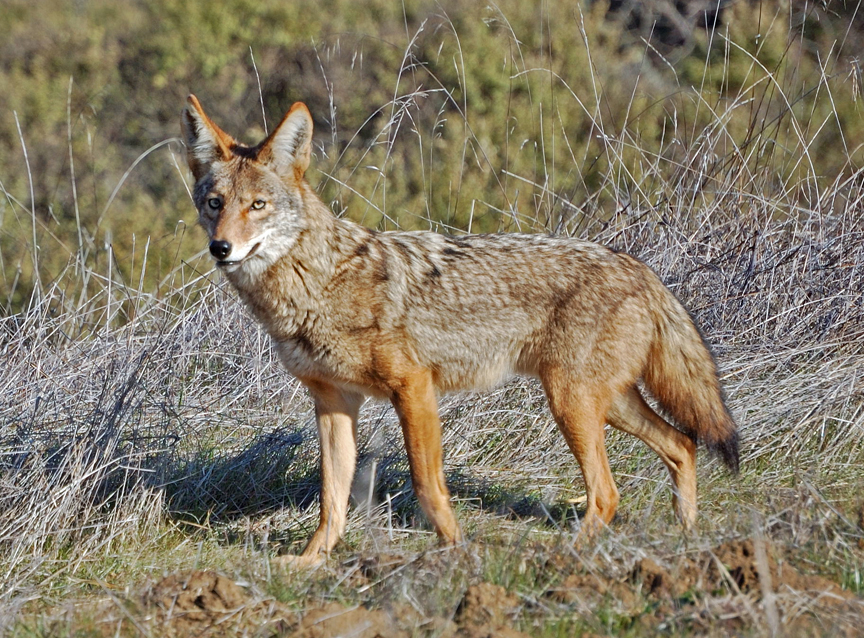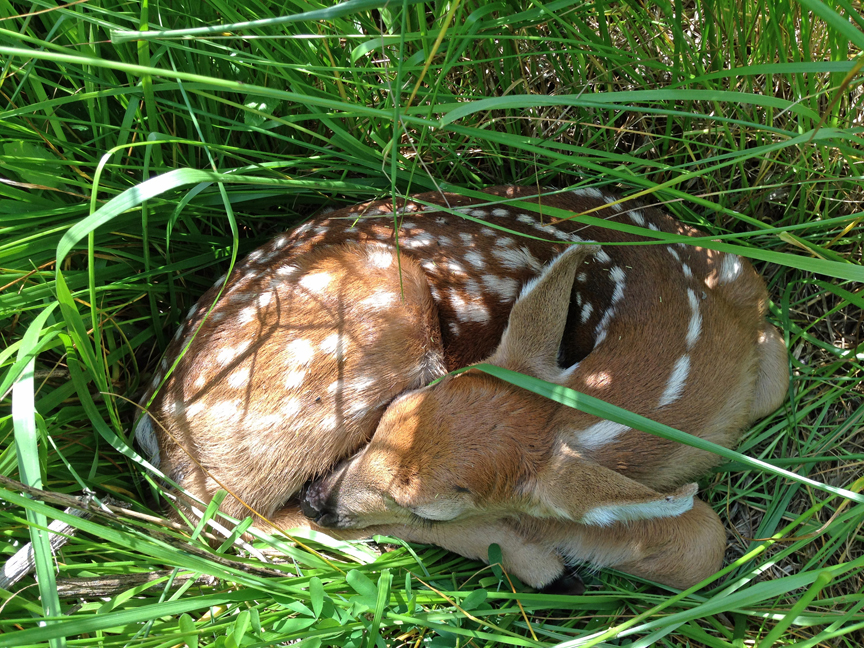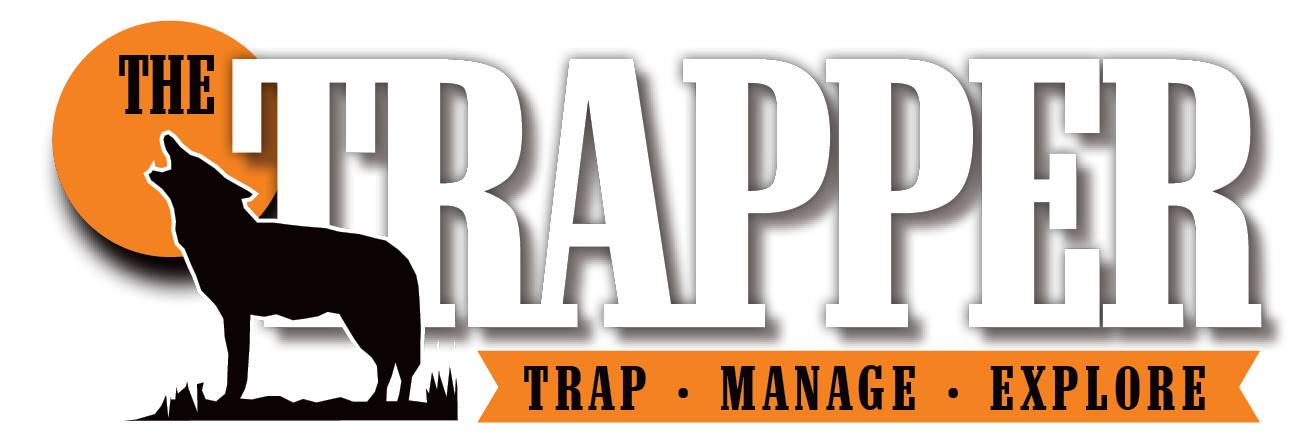In this new column, Steve Bartylla will provide proven tips and tactics for trappers that want to improve land and habitat for game species like deer, turkeys, upland birds and waterfowl.
It was a shocking sight. It’d taken the raccoons less than a month to flatten the 9-acre cornfield, and I do mean flatten. With input costs at $450 per acre, it’s not like I convinced the landowner client to plant 9 acres of corn for next to nothing. That level of an investment for feeding deer throughout the hunting season and winter is nothing to sneeze at, when the crop exceeds expectations and the deer are fat and happy. Paying that much to feed raccoons just isn’t a desirable outcome, anyway you look at it.
As Trapper readers know all too painfully well, the bottomed-out fur market has taken away the ability to trap for many. As a result, furbearer numbers are out of control or nearing those levels in ever-expanding areas. The cost is often far more than 9 acres of corn. It’s often literally decimated nests of shattered turkey eggs and slaughtered fawns.
Trapping isn’t just one of the ways to manage this problem, it’s really the only way. Here are some considerations for deer, turkey and gamebird habitat managers that are attempting to trap their way free of this horrific situation.
Trapping for Money vs. Management
When managing predators to improve hunting, it’s an entirely different animal than longlining to earn a living. After getting into trapping when I was 10 and eventually longlining to pay my way through college, I can tell you that my goal back then was to merely skim the cream off the top. There were beaver colonies that I trapped for eight seasons running, catching the two adults and then pulling out until the next season. I’d likely still be doing it today, if the market hadn’t cratered in the late ‘80s.
When trapping to enhance management efforts for deer and turkey, which more and more hunters are doing each year, the goal should be to balance predators with the prey populations and habitat, in general. It isn’t necessarily that you want to wipe out the ‘yotes from a property, well, you may want to, but that’s not the best management move.
The best management move is to use those coyotes to one’s advantage. Overly high deer numbers are every bit as destructive as high ‘yote, wolf, big cat, bear and ‘coon numbers can ever be. When deer numbers are pushing the habitat’s carry capacity (CC), that’s simply not good. When it hits max CC, that means that for absolutely every deer that is born, one must die. The result is a bunch of highly stressed, overly sickly deer that are literally knocking on death’s door.
At the same time, the habitat’s ability to support deer is diminished. All of the deer’s preferred foods are over-browsed to death, while starvation browses, named as such for an obvious reason, are left to flourish and take over the landscape.
Eventually, mass starvations, disease or a combo of the two drops the deer numbers hard. This gives the habitat a partial chance to rebound, as deer numbers slowly grow, again. The catch is that the landscape is already choked with the starvation browses left to flourish, leaving less and less room for quality browse species. It becomes a downward spiral — right down the toilet.
When deer numbers are too high and need to be lowered, predators that prey on fawns and deer are actually doing the manager a favor. Frankly, it can be extremely hard to remove enough does to make a difference, when numbers are truly pushing maximum CC. When that’s the case, we often need all the help we can get.
When deer and gamebird numbers are low, we want to also keep our large predator numbers reduced. Frankly, you want to try to wipe them out, knowing full well you won’t be able to come close to doing so. Still, going hard on trapping during the low deer and bird population years is a very solid move, as is going light on the trapping pressure when deer and bird numbers are out of control.
Conclusion
Trapping for habitat, deer and gamebird management is the most effective tool there is for controlling those furbearers. Any doubt about it at all can be removed by simply looking at all of the dead fur alongside of the roads to rot.
Although the principles behind trapping fur to sell and management trapping are the same, the philosophy is a bit different. Instead of managing a sustainable population to trap year after year, one is best served to adjust the trapping pressure to match the needs of the specific habitat and population needs, at that moment.
Either way, the best way to learn how to effectively trap predators for habitat, deer and bird management is to absorb as much on the topics as you can, and to join your state’s or province’s trapping association, the National Trappers Association and Fur Takers of America. Hopefully, the start of this regular column will help with the educational aspect.
— Steve Bartylla is one of the country’s most respected experts on land and habitat management for whitetails and turkeys. He has been a land-management consultant and outdoor writer for more than 20 years, and grew up trapping in Northern Wisconsin throughout his youth and on after his college years. He is also host of “Grow ‘em Big” and “Hunt ‘em Big” shows on Pursuit Channel and YouTube.



